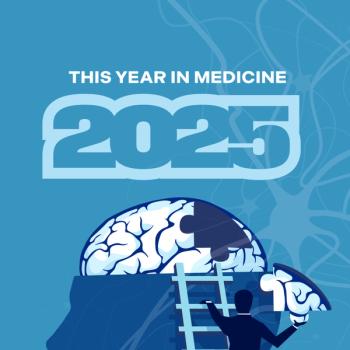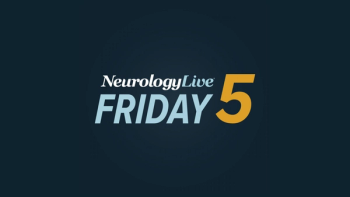
Showcasing Sustained Benefits in Myasthenia Gravis Research at AANEM 2025: Kimberly Moran, PhD, MBA
The head of Rare Diseases US at UCB talked about the company’s latest data on rozanolixizumab and zilucoplan in patients living with generalized myasthenia gravis. [WATCH TIME: 3 minutes]
WATCH TIME: 3 minutes | Captions are auto-generated and may contain errors.
"If you think about a patient living with generalized myasthenia gravis, it’s a ‘snowflake’ disease—every patient is different in their ambitions and needs. Having that conversation about what the patient requires and how the physician plans to treat, and ensuring those goals are aligned within a shared decision-making framework, represents an important advancement for the community."
At the
Data from the phase 3 MycarinG study (NCT03971422) and its open-label extensions detailed the impact of rozanolixizumab (Rystiggo) on corticosteroid tapering, treatment response, and cyclic dosing safety in gMG. Complementary results from the phase 3 RAISE (NCT04115293) and RAISE-XT (NCT04225871) trials examined the effect of zilucoplan (Zilbrysq), its other gMG medication, on quality of life, particularly for severe symptoms such as difficulty speaking, as well as its long-term impact on fatigue and severe exacerbations through predictive modeling and real-world data. In addition, analyses using the HumaMG app provided insights into patient adherence, engagement, and characteristics.
In an interview with CGTLive®, our sister publication, Kimberly Moran, PhD, MBA, head of Rare Diseases US at UCB, outlined findings from a few of the company’s studies presented on gMG at the meeting. She highlighted data showing potential for long-term symptom control, improvements in quality of life, and strategies to reduce reliance on corticosteroids. Moran also emphasized the importance of patient-centered approaches, including tools to support shared decision-making and align treatment plans with individual patient goals, underscoring the company’s ongoing commitment to rare diseases and personalized care.
REFERENCES
1. UCB to unveil new data for RYSTIGGO[®▼]and ZILBRYSQ[®▼] for gMG at the 2025 AANEM Annual Meeting and MGFA Scientific Session. News release. UCB. October 29, 2025. Accessed October 30, 2025. https://www.ucb.com/newsroom/press-releases/article/ucb-to-unveil-new-data-for-rystiggorvand-zilbrysqrv-for-gmg-at-the-2025-aanem-annual-meeting-and-mgfa-scientific-session
Newsletter
Keep your finger on the pulse of neurology—subscribe to NeurologyLive for expert interviews, new data, and breakthrough treatment updates.




















